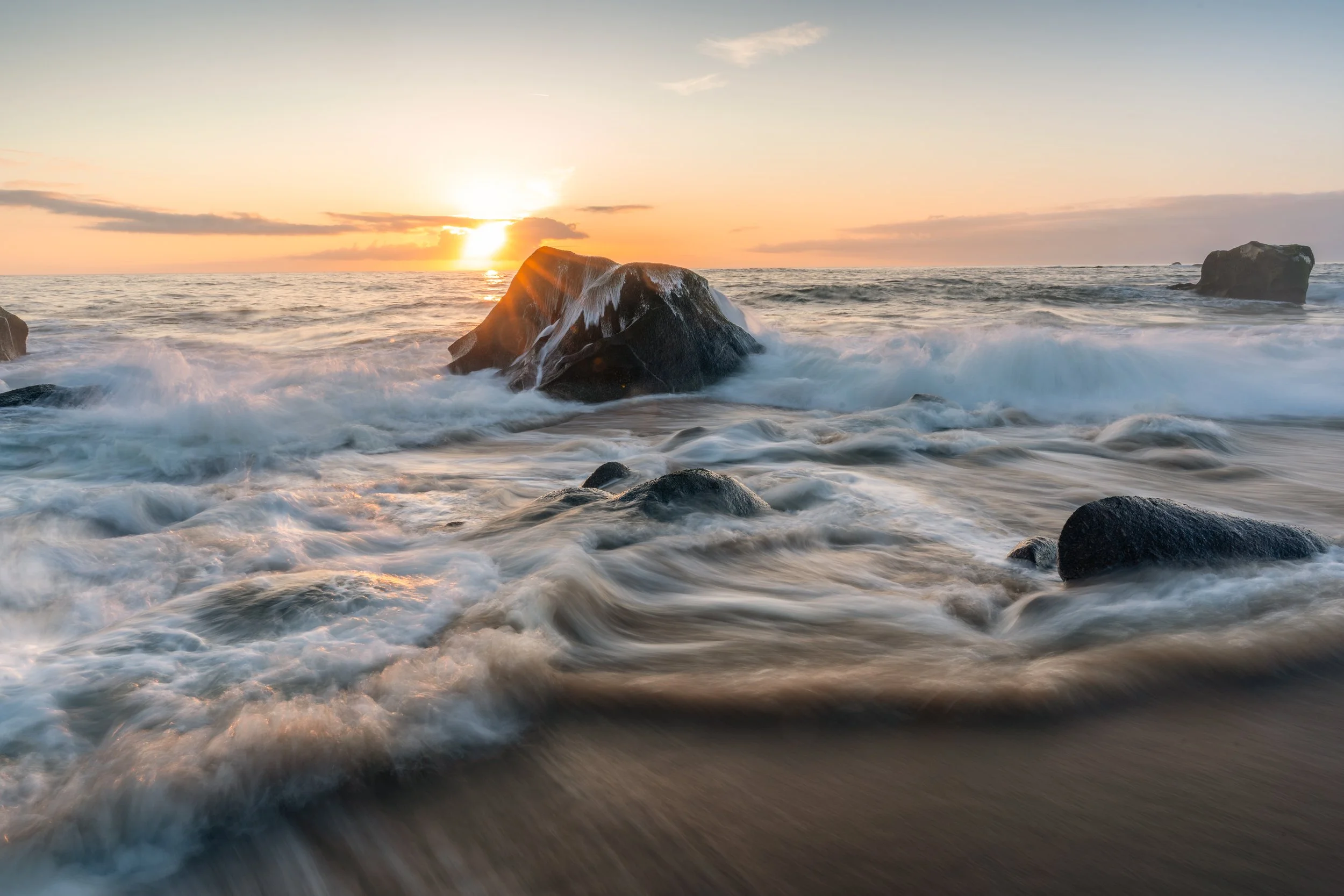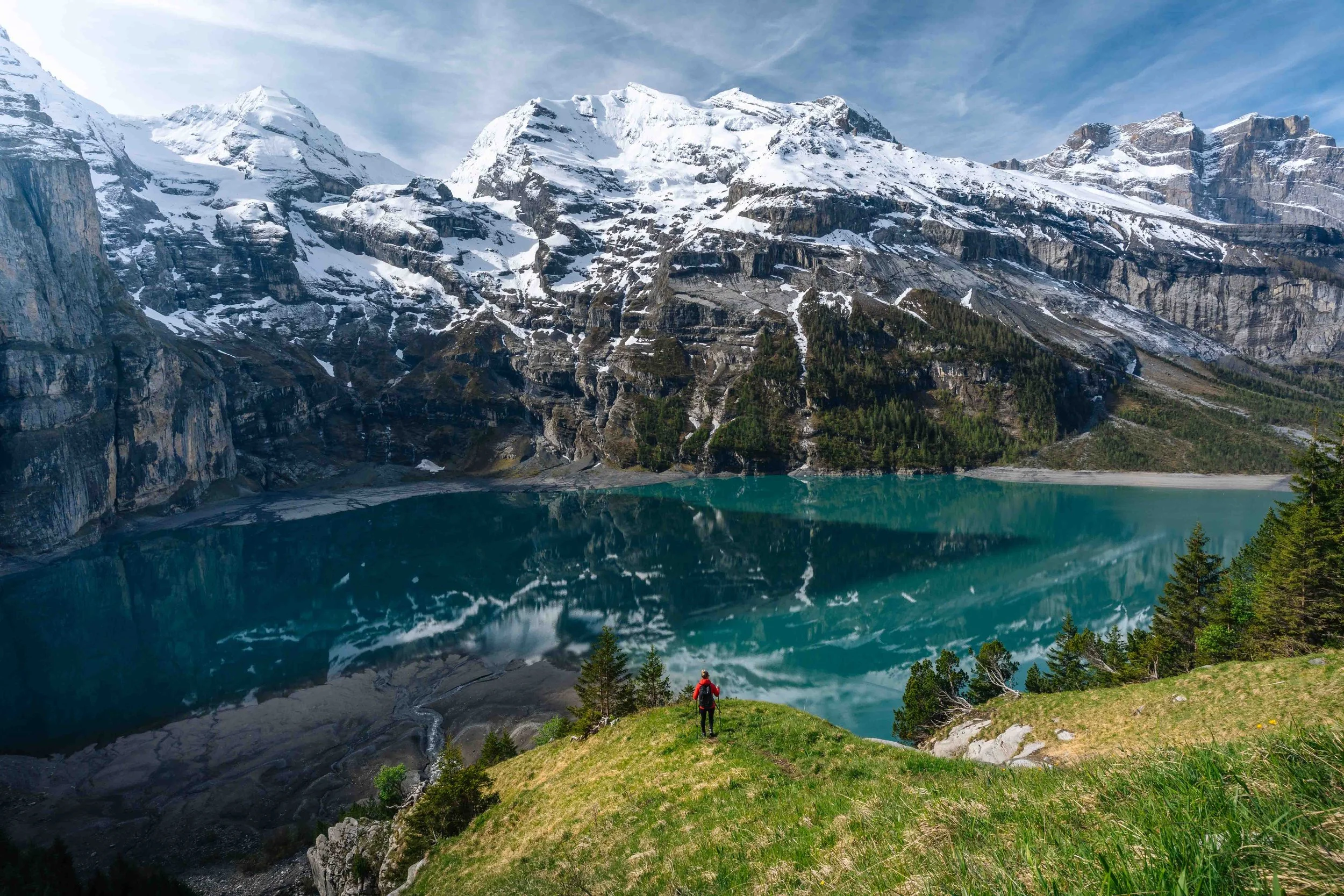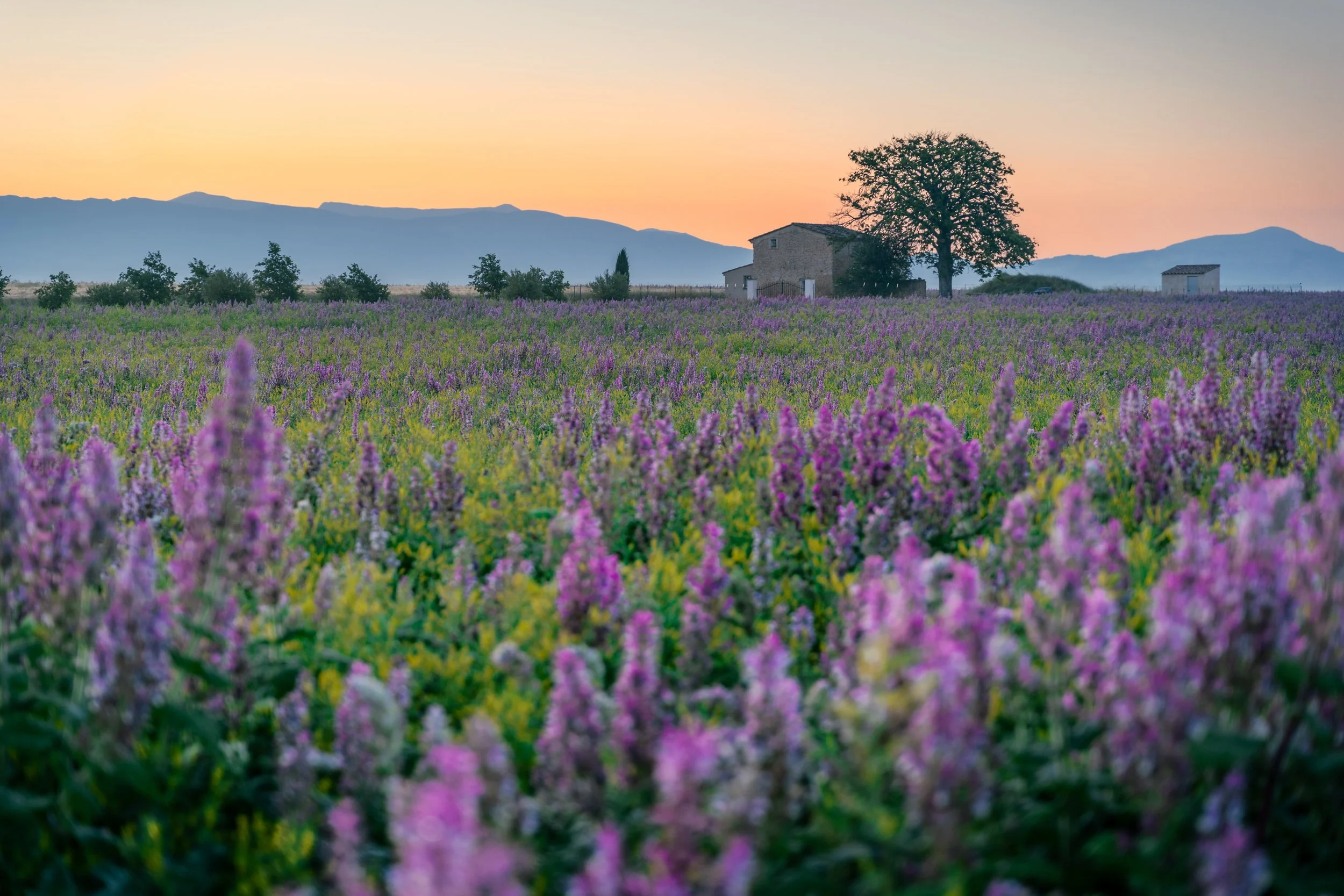What Are The Four Pillars Of Landscape Photography: A Guide To Stronger Images
Landscape photography is one of the most rewarding genres of photography. Standing on a mountain ridge at sunrise, watching the mist roll through valleys, or capturing the last light glowing on a coastline—these are the moments we pick up a camera for.
But creating powerful images isn’t just about being in the right place at the right time. To consistently capture landscapes that resonate with viewers, photographers often talk about mastering the “four pillars” of landscape photography: light, composition, subject, and technique. These elements work together to transform a simple snapshot into a photograph with depth, story, and emotion.
Let’s dive into each pillar and see how you can apply them in the field.
1. Light – The Soul of the Image
If composition is the skeleton of a photo, light is the soul. It shapes the mood, defines textures, and highlights the details that make a scene come alive.
Golden Hour & Blue Hour – The hour after sunrise and before sunset (golden hour) fills landscapes with soft, warm light, while blue hour (just before sunrise and after sunset) adds cooler tones and atmosphere. These are the best times to capture depth and mood.
Direction of Light – Side light emphasizes textures like mountain ridges, while backlighting can create silhouettes or highlight atmospheric elements like mist or fog.
Weather & Drama – Don’t wait only for clear skies. Storms, fog, and changing weather can add drama and uniqueness to your photos.
👉 Tip: Always look behind you. The best light isn’t always where the sun is—it could be lighting up a distant peak or painting the sky in unexpected colors.
Golden Hour In Portugal
2. Composition – The Structure of the Frame
Composition is how you arrange elements within your frame to guide the viewer’s eye. A strong composition gives your image balance and purpose.
Foreground, Midground, Background – Use layers to create depth. A rock, a tree, or a patch of flowers in the foreground can anchor the scene and draw the eye deeper into the image.
Leading Lines – Rivers, paths, or ridgelines naturally guide the viewer’s gaze toward your subject.
Balance & Rule of Thirds – Placing your subject slightly off-center often feels more dynamic. But remember, rules are made to be broken—sometimes symmetry is more powerful.
Negative Space – Don’t overcrowd your frame. Leaving open sky or water can emphasize scale and give your image breathing room.
👉 Tip: Before pressing the shutter, ask yourself: Where does my eye go first? If the answer isn’t clear, adjust your composition.
3. Subject – The Heart of the Story
Every photo needs a point of interest—a subject that holds the viewer’s attention. In landscapes, the subject can vary:
A mountain peak glowing at sunrise.
A winding river cutting through a valley.
A lone tree against the sky.
Even the atmosphere itself—light rays, mist, or dramatic clouds.
Your subject doesn’t always need to dominate the frame, but it should be clear what the image is about. Without a subject, a photo risks becoming a “pretty view” rather than a compelling story.
👉 Tip: Simplify. If too many elements are competing for attention, ask yourself: What story am I trying to tell? Then frame in a way that highlights it.
4. Technique – The Craft Behind the Image
Great light, composition, and subject mean little without the technical skills to capture them. Technique is about execution.
Focus & Depth of Field – For sweeping landscapes, use a smaller aperture (like f/8–f/16) and focus about a third into the scene to maximize sharpness (the hyperfocal distance).
Exposure Control – Use the histogram to avoid blown highlights or crushed shadows. Bracketing exposures can help in high-contrast scenes.
Stability – A tripod isn’t just for long exposures; it helps you slow down and fine-tune composition.
Post-Processing – Editing is the final step where you bring out details, balance light, and guide the mood of your image. The goal isn’t to change reality but to enhance what you saw and felt.
👉 Tip: Shoot in RAW. This gives you maximum flexibility in post-processing to recover shadows, fine-tune white balance, and perfect your final image.
Bringing It All Together
When you’re out in the field, think of the four pillars as a checklist:
Light: What’s the quality of light right now? Should I wait, move, or reframe?
Composition: Does the frame have balance, depth, and flow?
Subject: What’s the story or point of interest in this image?
Technique: Am I exposing, focusing, and shooting in a way that does justice to the scene?
The beauty of landscape photography is that it’s not just technical—it’s deeply personal. The four pillars are a guide, but your vision, patience, and creativity bring them to life.
So the next time you’re out with your camera, remember: light sets the mood, composition creates the structure, subject tells the story, and technique makes it possible.
That’s how you build photographs that don’t just show a place—but make the viewer feel it.


